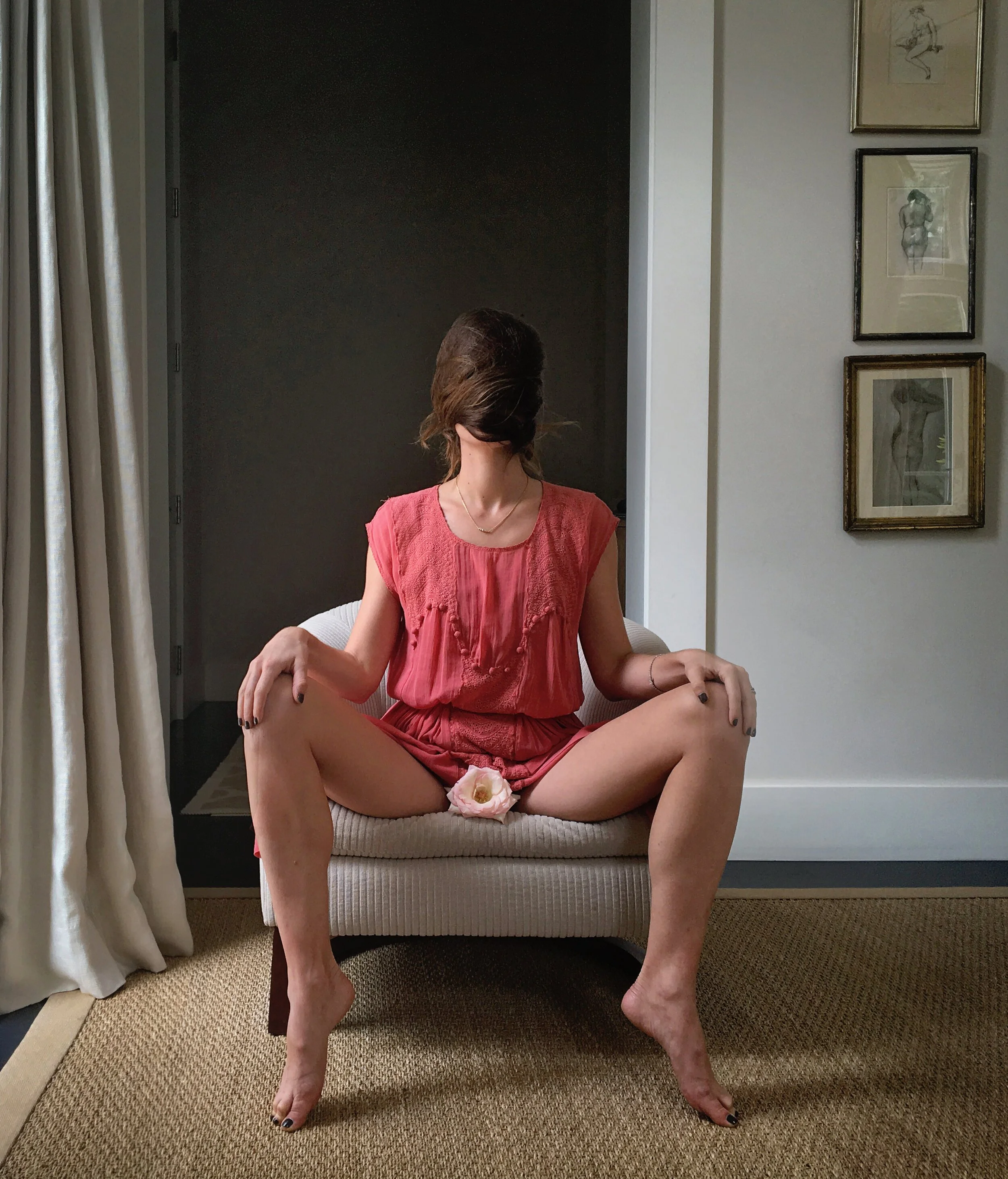So what is an NFT? My journey into the world of non-fungible tokens…
So a Non-fungible token (NFT) is a unit of data that can be stored on a digital ledger which we collectively call a blockchain.
Yeah, complicated... I’m not going to get into a deeper discussion about what a blockchain is, or how it works.
But I am going to give you a bit of a brief understanding of what this blockchain is allowing artists to do, and why it is important. Because this part is fascinating.
Storing your unit of data on this blockchain allows you to certify a digital asset or transaction so that the person who buys it knows that it is both unique and non-interchangeable.
That’s incredible, and opens up a whole new world of possibilities...
Why does this matter for artists?
This matters because the process of ownership certification allows us artists to create digitized versions of our artwork and sell them as original works in a digital market.
So you can sell your artwork online in a digital format, certify that it is one-of-a-kind, and then track ownership even if it is resold. This last part is important because I found out that this ability to track ownership allows artists to continue to profit from their digital work even after they sold it off to a buyer.
When I sell a traditional canvas painting, I make money from that one sale. If that particular piece of art is resold by the original buyer, I don’t see any of those profits.
But with an NFT, the transaction records are continually tracked and recorded. So the original piece is connected to the original artist, which allows that artist to use a smart contract to impose a royalty fee of their choosing on any secondary sales of their original artwork.
When I learned about this secondary sale royalty fee I got so excited because it’s exactly what artists have needed for so long. After learning about all these advantages of NFTs I started looking into them as a way to sell some of my performance art that went viral on TikTok and Instagram.
I have always loved the performance aspect of my work. It plays a big part in what I do and the love that I can now sell that part of my artistry.
So what can you actually sell?
An NFT can represent almost anything you can digitize. So you could turn your audio, video, or photographic data into a non-fungible token and then sell it to fans of your work.
Here’s a great example. New York Times columnist Kevin Roose recently sold a picture of one of his news columns explaining NFTs in the New York Times for $560,000. This isn’t even the tip of the craze striking online collectors.
Just last month digital artist Beeple sold an NFT for 69 million dollars through Christie’s auction house. Between the prestige of the auction house and the insanely high purchase price, the value and potential in NFTs was solidified.
While that level of success is a mere dream for most, many artists are making a very nice profit selling their art on platforms like Rarible and OpenSea.
It was when I found a man who sold a piece of performance art of himself being slapped repeatedly in the face with romaine lettuce that I knew I had to dive in! And if you’re an artist I think you should, too!
My experience with trying to sell my first NFT.
I went back to one of my oldest and most recognizable images because it represents a large part of my older work and I wanted to use it to bring into this new medium.
But figuring out how to actually make and then sell my first NFT proved to be something not so easy to figure out.
I have worked to educate myself, but there isn't a perfect guide of what to do and I don't want to pretend that I have it all figured out. I'm giving you this information with the pretense that there is a lot out there and I’m sure at some point I'll make a mistake in my explanation.
There are a few types of platforms that I’ve learned about in my journey, curated platforms, invitation only platforms and open platforms.
Each platform type is exactly what they sound like. Curated platforms offer NFTs that have been carefully selected in some way and examples include Nifty Gateway and Super Rare.
Invitation platforms like Foundation operate much like the app Clubhouse, where you can only post your work once you’ve been invited by an artist already selling on their platform.
Open platforms are… well, open to anyone. Places like OpenSea and Rarible allow you to create and list your NFT on their website for a nominal fee called a gas fee (I have yet to figure out why, but it has something to do with the underlying crypto currency Ethereum—which is used to monetize your NFT).
I decided to make my first NFT on Rarible because of its ease of use. Once that was done I needed to finally choose what piece of art I wanted to use as my first non-fungible token.
There were so many great choices from previous projects and viral hits. But I ultimately decided to go with an image very close to my heart.
My first NFT was an old gif that I made years ago with a series of two photographs I took that were part of my photo series Self Help.
It has a lot of meaning for me on many levels and felt like the perfect start to my NFT journey. It sold in five days for roughly $750!
I plan to release more gifs like that as NFTs as well as paint pours and mop painting videos. I am excited to see where this new medium goes.
I also hope that this post inspires you to create your own NFTs!

